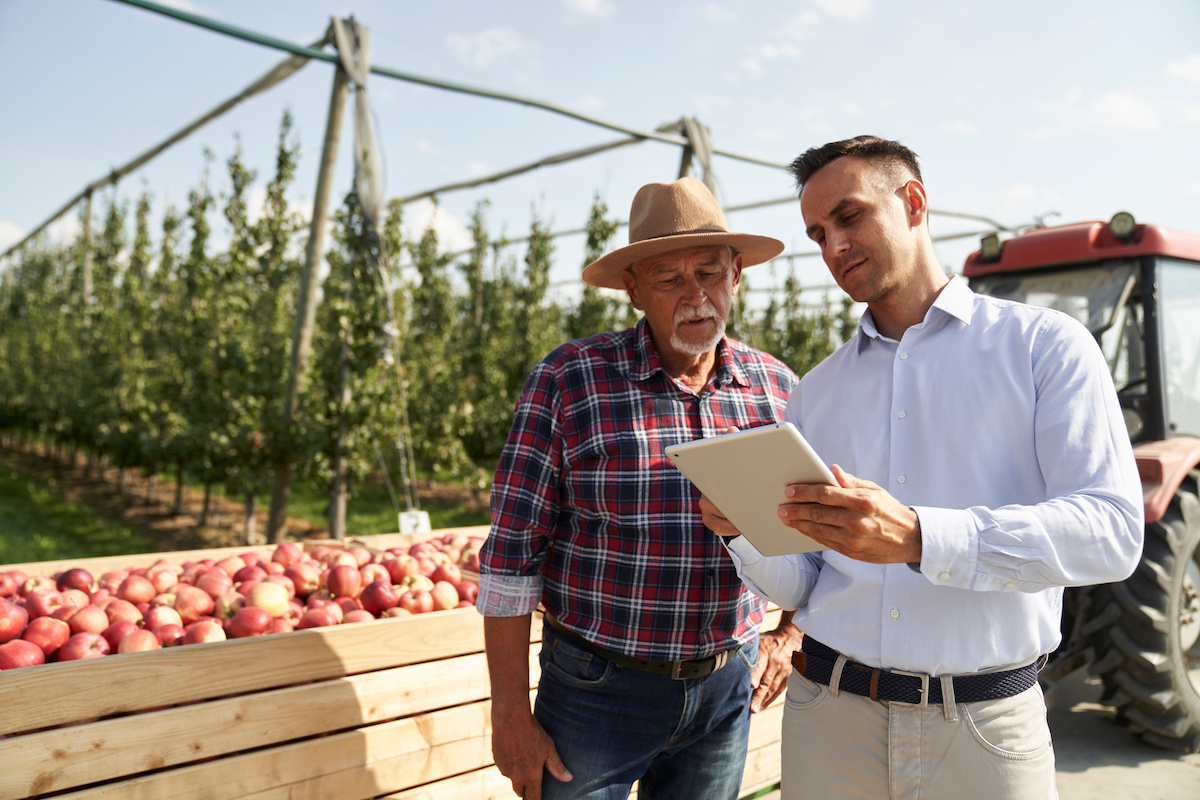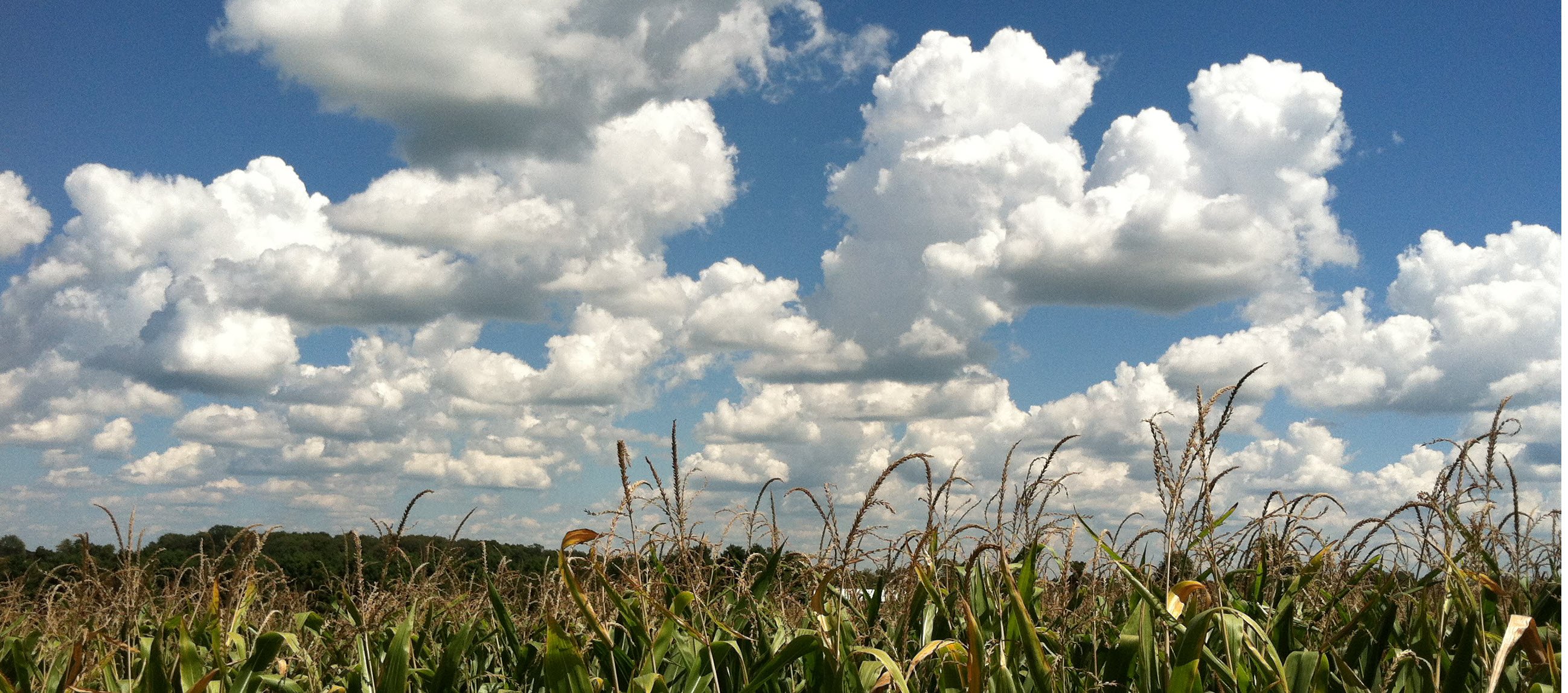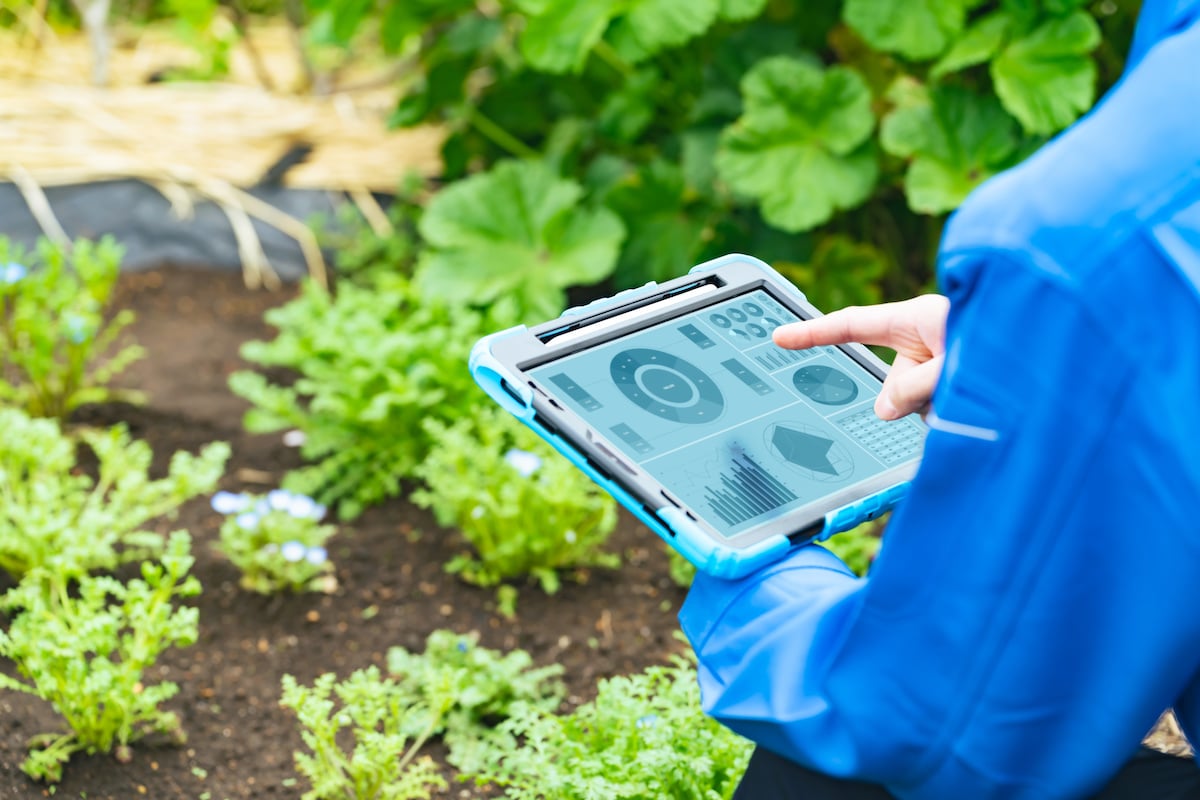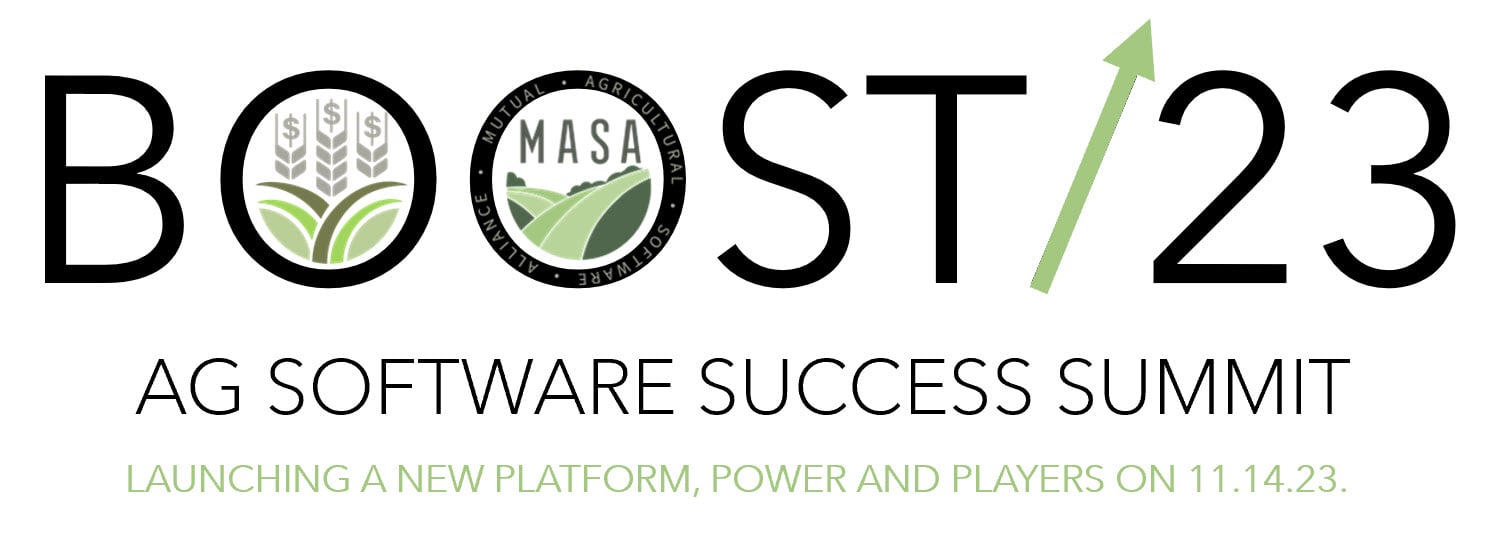Roman naturalist and philosopher Pliny the Elder once said "The master's eye is the best fertilizer." If expertise and knowledge are truly the best paths to growth, and if that’s true in farming, then what must the master know? What information must the master have? Thankfully, modern technology means we have proxy eyes all across our farm operations. Does that naturally mean, since we can see more, we know more? That depends.
Simply having information doesn’t mean we’re using it in the ways that can help us strategize and increase yields and production, like a good fertilizer. For example, simply having benchmark data isn’t enough. We must also have the mechanisms in place to analyze and leverage that information. Let’s take a closer look.
Quick Links
- What is Production Agriculture?
- How are Benchmarks Used in Production Agriculture
- How Crop Benchmarks Help Define Profit and Loss
- How Overhead Impacts Production Agriculture Benchmarks
- How Farm ERP Software Can Help Production Agriculture Gauge Benchmarks
What is Production Agriculture?
Production agriculture is all about the production cycle. Whether your farm is producing livestock or growing crops for food or other agricultural products, production agriculture focuses on the commercial aspect of agriculture.
Beyond the arrival at the final marketable product, production agriculture also focuses on all aspects of farm management that contribute to that production including managing land resources, and improving soil fertility. It also includes all stages of production such as harvesting, sorting, packaging, marketing and distributing those products to market or consumers.
The ultimate goal of production agriculture is to maximize production while effectively managing (and reducing) resource utilization. In order to achieve this goal, producers must learn and employ methods conducive to caring for the land while still maintaining economic stability and farm profitability.
As we’ve discussed, the last 20 years have really changed the landscape with advanced technologies helping data collection efforts grow by leaps and bounds. When pairing management accounting and modern tech with more traditional practices like crop rotation or natural pest control methods, farmers can increase their yields and profits while decreasing costs and minimizing environmental impacts such as water pollution or soil erosion.
How are Benchmarks Used in Production Agriculture
Benchmarks allow farmers to compare the performance of their farm to other farms with whom they share specific attributes or against their growth goals. This comparison helps farmers identify areas where they need to make changes or adjustments to improve their performance. In addition to tracking how well their production is doing, benchmarks can be used to help predict future yield and costs, which can help farm managers plan for the future and understand how their operations may be affected by changing market conditions.
.jpeg?width=600&height=400&name=AdobeStock_510407683%20(1).jpeg) How Crop Benchmarks Help Define Profit and Loss
How Crop Benchmarks Help Define Profit and Loss
Crop benchmarks are essential tools for defining and measuring the profitability of crop production. By analyzing yield data, financial performance, and various other metrics, these benchmarks provide insight into which crops are most profitable. They enable farmers to better understand how particular profit centers affect overall profitability.
Furthermore, crop benchmarks can be used to track long-term trends in productivity, helping farmers better predict future yields based on past performance. This ability is especially useful when making decisions related to purchasing new equipment or supplies as it allows growers to calculate how much return they will receive from such investments before taking the plunge.
In short, crop benchmarks provide invaluable information regarding profit and loss for agricultural producers by enabling them to make more informed decisions about planting strategies and investments. They allow farmers to compare yield data between farms and among different seasons, as well as track long-term trends in productivity over time – all essential factors when it comes to managing overall farm profitability.
How Overhead Impacts Production Agriculture Benchmarks
Overhead costs can have a major impact on production agriculture benchmarks. For example, overhead expenses such as energy, materials, and labor are all essential components of the production process. Without these resources, agricultural businesses may struggle to meet production goals. Additionally, increasing overhead costs can lead to higher prices for output goods and services, limiting competitiveness in the marketplace.
Additionally, overhead costs can affect agricultural benchmarking processes by decreasing profitability and efficiency levels whenever they exceed expected amounts. In addition to basic expenses such as utilities and human resources, other variable overhead costs like repairs and maintenance also add additional burden on farmers. The resulting effect is that a farm’s benchmarking metrics may suffer due to increasingly large expenditures on non-production activities.
Furthermore, when agricultural businesses experience continually rising overhead expenses it can also impact existing infrastructure and resources. As a result, farmers may run into issues such as limited availability of vital parts or materials or even difficulty hiring the hands needed to complete the production cycle. Ultimately, this could contribute to decreased production reducing farm profitability.
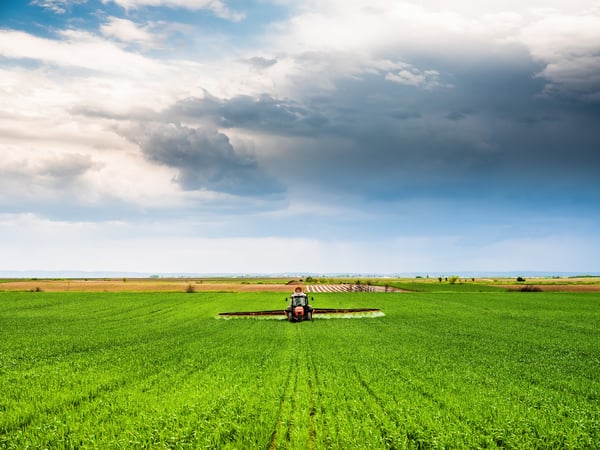 How Farm ERP Software Can Help Production Agriculture Gauge Benchmarks
How Farm ERP Software Can Help Production Agriculture Gauge Benchmarks
Despite these challenges there are ways farms can mitigate the effects of high overhead costs on their benchmarking metrics. To start, implementing management accounting principles can help provide you with a much stronger holistic view of the farm allowing you to make decisions based on accumulated data. Of course, your farm information level plays a really important role in how you adjust, manage, and prepare for both the expected and unexpected.
Additionally, a farm ERP solution can help farmers decrease expenses through better management practices such as inventory optimization that can help save time and money. Accumulating real time data from both profit and cost centers can help you best determine not only your benchmarks based on accurate and reliable data but also help you use your farm’s accounting system and financial reporting to improve your production cycle and your farm profitability.
Much like comparing benchmarks requires connections with experts, learning how you can meet production cycle benchmarks by using the ag tech and software available to you requires the same. FBS Systems is an active member of the Mutual Agricultural Software Alliance (MASA) whose mission it is to improve agricultural-oriented accounting and financial hubs by linking data and applications to support the business intelligence and management needs of farms and ranches.
Most production benchmarks either ignore overhead or use overly simple allocations across their product mix. The solution is a Farm ERP solution that uses activity-based costing for accurate overhead cost allocation and control of this important and costly resource.
As farmers and accountants ourselves, we’re ready to talk with you about how you can make significant production improvements by using the data you need and, quite possibly, already collecting. Get in touch with us today and let's put you on the path to productivity and profitability. 


